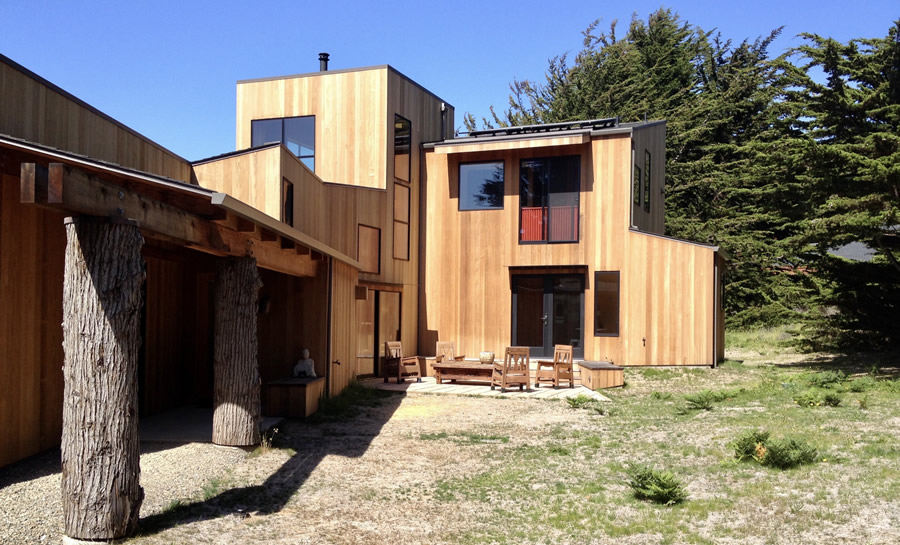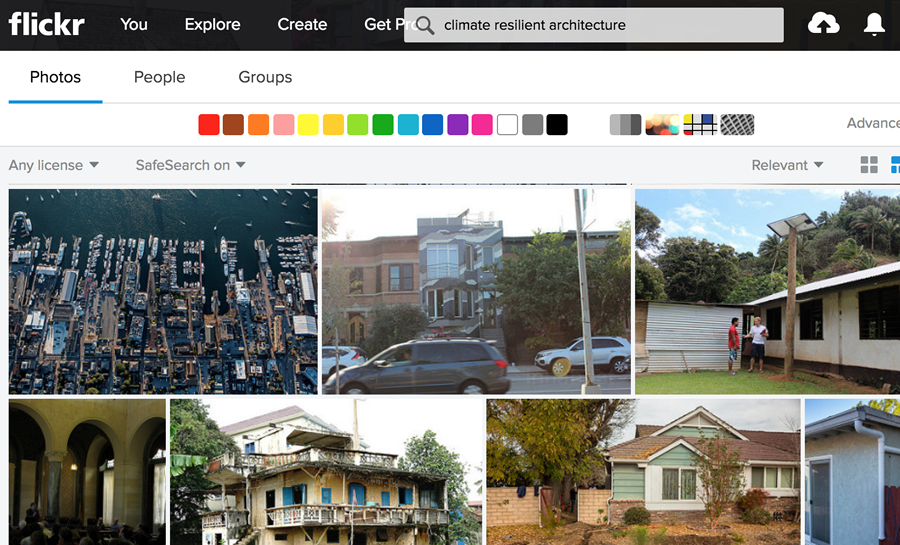Introduction
By Donlyn Lyndon
Whenever we are indoors, buildings are part of the climate we experience. Through openings in their walls and roofs they structure our experience of the sun and the light of day. Those same or filtered openings channel the way air moves through spaces. Walls and roofs condition the heat that enters living spaces. Transparent materials quickly transmit the heat of the sun and convey more slowly the temperature outside. When walls are thick and obscure, they absorb and delay the transmission of solar energy and ambient temperatures, slowly yielding warmth to the inside and releasing some of it back into the atmosphere as the day cools. Roofs offer shelter from all that comes from the sky: sun, moisture, rain, gusts of wind and falling debris. When outdoors, trees and vegetation often offer similar but less radical modifications to the climate, but not always, depending on the climate zone. Deciduous trees are especially benign, offering shade in the warm parts of the year and then shedding their leaves to let sun through their branches. We all know these things; though they are modified by the climate conditions in the places where we live. But do we absorb that knowledge into our creative thinking and make it a part of design for the places where we live, work, play and join with others in community? We’ve often been prone to consider climate a stable matter, a set of rhythms and seasonal changes in sun location, temperatures, rainfall and winds, which we learn to expect through the years and to accommodate. If we are observant and have our wits about us and we work closely to traditions and conventional wisdoms, we assume that our well-being will be served. Or, that failing, we undertake to suppress the effects of the climate by technical means, creating power sources and distribution systems to fabricate internal climates. Those assumptions no longer serve. The climate is becoming increasingly unpredictable. It is changing over time - sometimes with ferocity, always with unanticipated costs. Also, the sources of energy we can afford to use and their distribution are changing. These include diminishing carbon based resources and the environmental cost of offsetting the release of carbon dioxide and chemical emissions into the atmospheric blanket that envelops our globe, creating havoc beyond what the imagination can immediately grasp; but which nevertheless the frequent news of forest fires, hurricanes and floods presents to us frequently and vividly. How can we, as architects, landscape architects and planners learn to design with the climate and make it an ally in forming places that equitably allow inhabitants to live safely, freely, productively and with joy in the places that are built? How, further, can we translate those insights into complexes of buildings and their surrounding landscapes or cityscapes, so that whole settlements can be adaptive and resilient for future changes? Your essay should address the need for ongoing inquiry; through observation, measurement and imagination. Study known sources, connect their insights to the life of buildings that you can experience. Imagine in what way conditions might change. Then marshal all your resources into a call for action. Scout out a way that others may follow. Speak truths. To get there be sure to observe your two selected buildings as if you were living there and seeking comfort, then watch how those who inhabit or work there spend their days and note what they enjoy. Return on differing days and times. Ask questions and carefully note answers so that they can be analyzed and assembled. Pose tough questions for yourself that challenge your preconceptions about what will be, what can be and where answers might lie. Be especially aware of the surroundings; the landscape and buildings around the examples you study. They are essential. Remember that no building can go it alone. We always are affected by and experience buildings within a larger context, especially with respect to the climatic impacts. The effects of sun and wind are tempered or disturbed by buildings and vegetation that affect the local microclimate; shadows that move during the day, heat that is absorbed in the ground around or in adjoining walls, light reflected off building surfaces and winds and water that are deflected by nearby structures or channeled between them. The construction of the buildings has importance. not only through their shapes and the effect of the materials, but through how and by whom they are made and what resources were used. What sizes will you imagine? Are there new materials to be expected that will offer possibilities and challenges? What provisions for workers and for the transportation of materials will have been made, how might those become important in future building projects and how might that change over time and with alterations in climate? How was the site for the building transformed during construction, how has drainage been altered and accommodated, have the levels of water collection proven to be effective and how might they be expected to perform in periods of extreme rainfall and violent storms? Is the infrastructure that others have installed to service the site been adequate now and for the future, and if not, what might be done? To address the question before us, it is necessary to consider many things, but especially to be aware of how people interact with their surroundings, what changes the climate and societal conditions may bring about and what measures are already being taken by governments and community organizations to address changing needs. Hence the questions you should think about and ask will have many dimensions and require astute, informed imagination. Above all, imagine how the places that you and your world embody might be very different as climates change and sea levels rise. How will that affect the lives of the inhabitants and their community. What resources will be available to them? Propose priorities and develop commitments. Write in ways that will rally responses, open ways to think about what might lie ahead, what paths can lead to a resilient future and how you, your readers, friends and colleagues can make a difference.
Profile Donlyn Lyndon is the Eva Li Professor Emeritus of Architecture and Urban Design at the University of California, Berkeley, U.S.A. As a student assistant, Donlyn Lyndon helped Victor Olgyay with the preparation of the now classic, Design with Climate: Bioclimatic Approach to Architectural Regionalism (orig., 1963). His subsequent career has included heading the Departments of Architecture at the University of California, the University of Oregon, and the Massachusetts Institute of Technology (MIT). He was awarded the American Institute of Architects/Association of Collegiate Schools of Architecture (AIA/ACSA) Topaz Award for Excellence in Architectural Education. With his partners in the firm MLTW (Moore Lyndon Turnbull Whitaker), he was one of the designers of Sea Ranch Condominium One, which is now on the United States National Register of Historic Places and he was the architect for the New Pembroke Dormitories at Brown University. His current work had been focused on management plans for the Commons of The Sea Ranch, ten miles of Pacific coastal properties in Northern California. Lyndon was also the founder and, for twenty-five years, the Editor of Places Journal, which is dedicated to harnessing “the power of public scholarship to promote equitable cities and resilient landscapes.” He has been an author of four books, including: The Place of Houses Chambers for a Memory Palace The City Observed: Boston The Sea Ranch: Fifty years of Architecture, Landscape, Place and Community on the Northern California Coast Among his writings is an essay in the new and expanded, 2015 edition of Design with Climate.
Additional Help and InformationAre you in need of assistance? Please email info@berkeleyprize.org. |
|




.jpg)




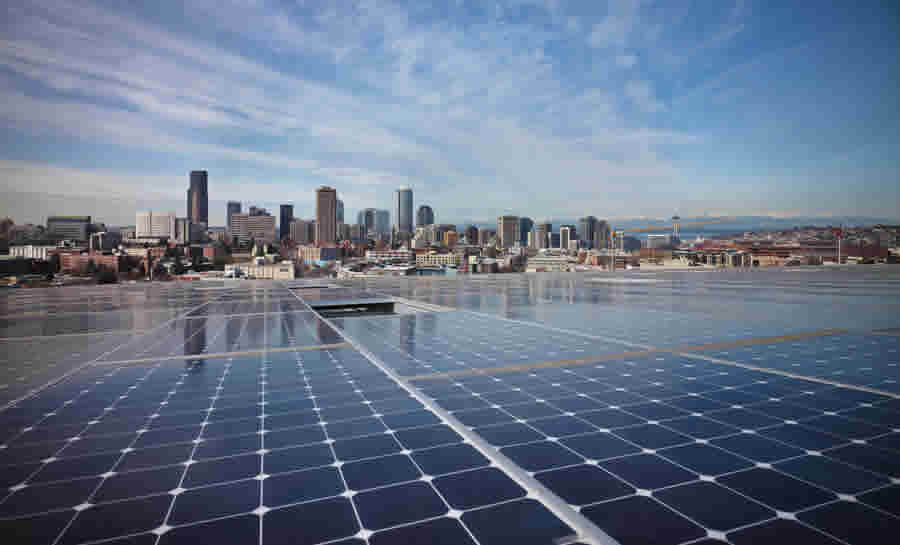





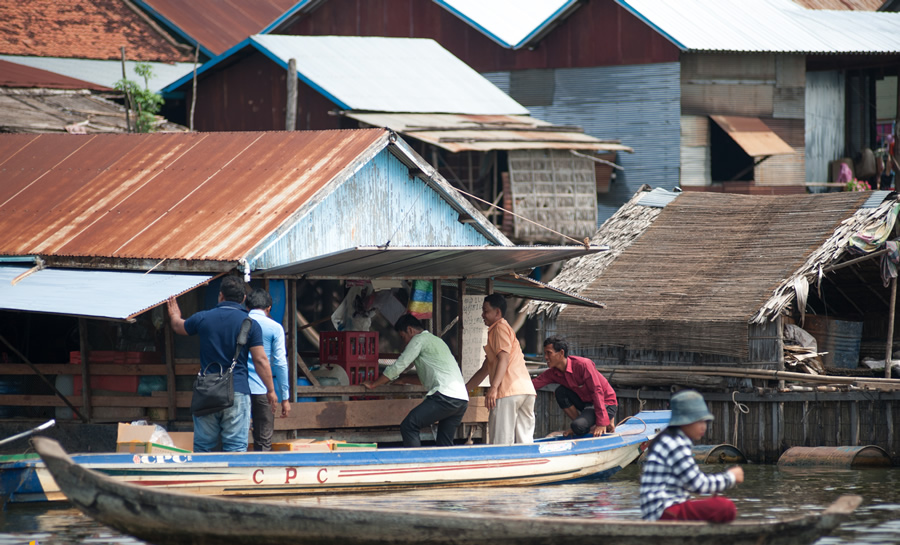

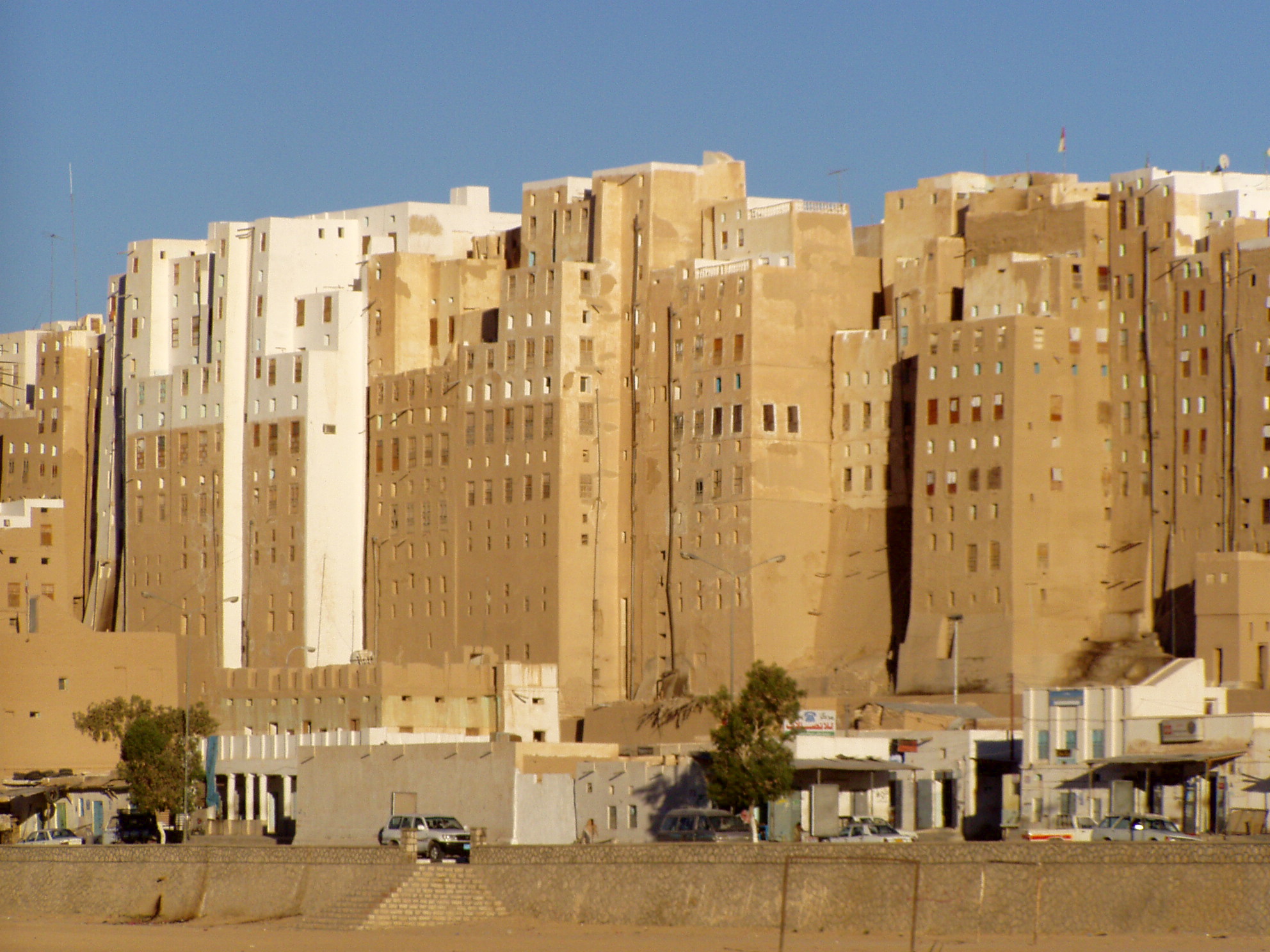





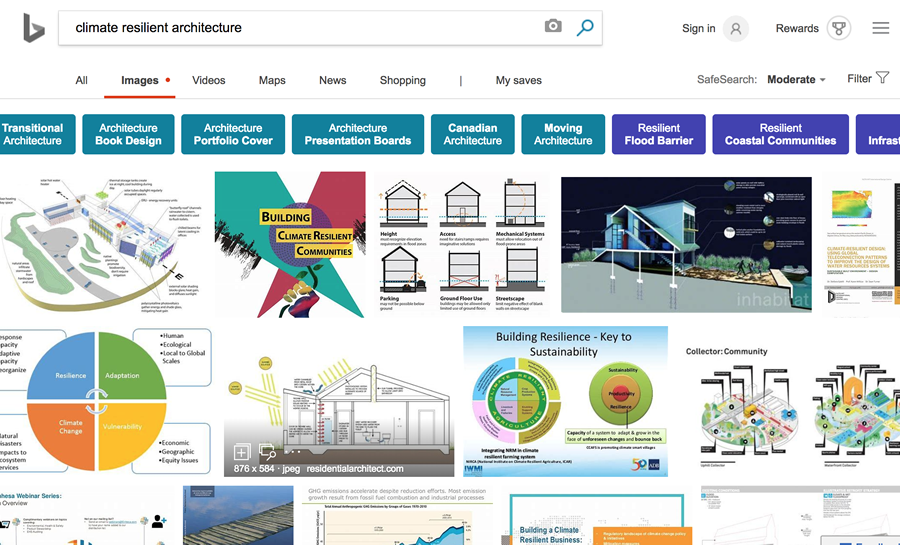


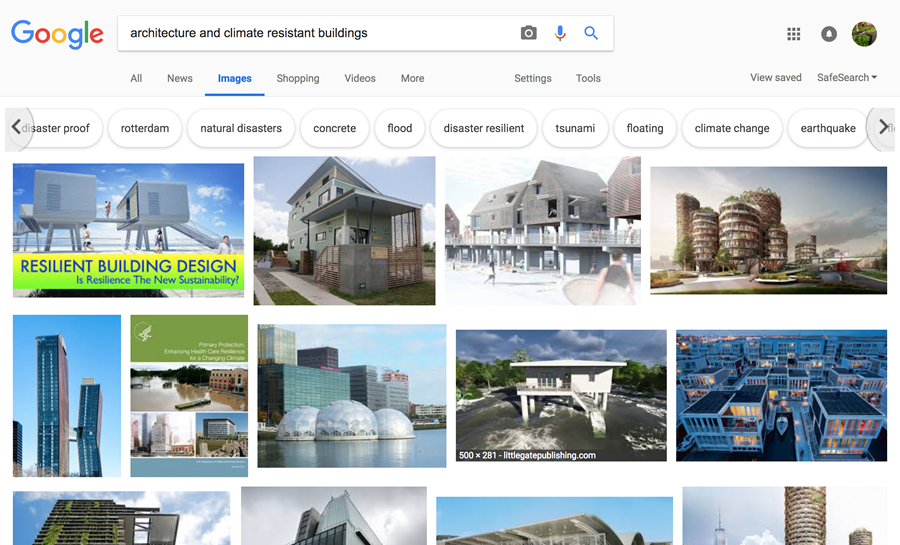
1.jpg)
